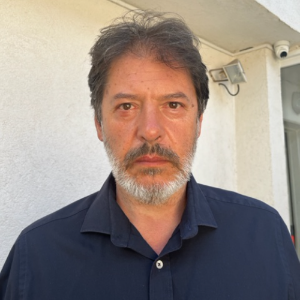Title : “Umbrella like” myocardial “no touch” surgical closure of the postinfarction posterior ventricular septal defect
Abstract:
Post-infarction ventricular septal defect rupture (PIVSR) is rare but highly lethal complication of acute myocardial infarction. Even with well-established surgical treatment (David’s or Daggett’s technique), 30-days mortality is still high, more than 40%. The most challenging for the surgeons is the extreme friability of infarcted septum, long cardio-pulmonary bypass (CPB) and aortic cross-clamping (ACC) time, and bleeding disorders caused by preoperatively given dual antiplatelet therapy. The “novel” technique by Torre M. et all, from Salerno, Italy, offers new trans aortic – trans atrial approach without ventriculotomy and infarctectomy, that significantly decrease ACC and CPB time, and maybe, decreases postoperative mortality, allowing us to safely operate such patients urgently. In this presentation we want to show our positive and negative experience in urgent surgical PIVSR management using this approach, indications for this type of closure, positive and negative aspects of that technique, and our suggestions to improve surgical results in the treatment of posterior PIVSR, and suggestions to improve construction of the “closure device”.
In conclusion, we may strongly advise the “novel” approach and surgical technique suggested by Torre M. et all, because it is efficient and easy reproducible, and in emergent and urgent surgical closure of postinfarction VSD we can avoid myocardial stiches. That approach can also be a part of the staged septal surgical reconstruction when percutaneous closure strategy is not possible, postponing the total repair after two or three weeks, when the septal myocardium is not so fragile. Also, it is an opportunity for manufacturers to construct new device that will be more suitable for repair.
Audience Take Away Notes
Explain how the audience will be able to use what they learn?
They can use surgical technique, indications, some tips
How will this help the audience in their job?
To make better decision about the time and type of the intervention
Is this research that other faculty could use to expand their research or teaching? Yes
Does this provide a practical solution to a problem that could simplify or make a designer’s job more efficient? Yes
Will it improve the accuracy of a design, or provide new information to assist in a design problem? Yes



